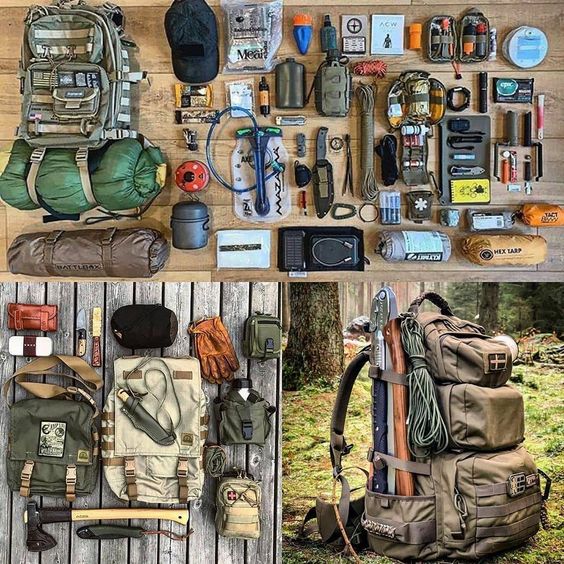
Top 10 Essential Emergency Signaling Tools for Safety and Survival
Whistle
An essential tool for signaling distress, a whistle is both lightweight and reliable. When blown, the whistle can be heard within a range of one to two kilometers, making it an excellent distress signal during both daytime and nighttime, with the aim of attracting attention.
The method of using a whistle is to blow six times within one minute during distress, with clear intervals. After blowing for one minute, pause for one minute to listen for a response. If you hear someone else calling for help and wish to respond, blow three times within one minute, then search for the source of distress.
Signal Mirror
Similar to a whistle, a signal mirror is used to attract attention during distress. While its effectiveness is slightly less than that of a whistle, it doesn’t rely on sound. The advantage of a signal mirror is that the signal can be seen regardless of whether there is a sound source nearby.
Radio Receiver
When there is no signal on your phone, a radio receiver can come in handy for receiving external information in a timely manner. This can include updates on weather conditions and other changes, allowing everyone to make corresponding adjustments early on.
Emergency Food
Primarily high in calories, such as chocolate, peanut brittle, and glucose, emergency food can supplement calories in critical situations to maintain bodily functions.
Backup Food
Also known as pocket rations or road snacks, backup food is used to deal with delays or unexpected situations where you cannot reach your destination on time or cannot make a fire. Foods like biscuits are used to alleviate hunger.
First Aid Kit
For dealing with injuries among team members, it’s important to regularly check and replace expired medications. A well-stocked first aid kit is crucial in emergencies.
Emergency Blanket
An emergency blanket is used to wrap the body in case of severe hypothermia, helping to prevent the onset of hypothermia. The color of the emergency blanket should be bright and conspicuous to make it easy for rescuers to spot.
Distress Signal Book
In the event of an accident, a distress signal book is used to record information about the incident. It should be kept in the first aid kit to ensure it’s readily available.
Climbing Rope
Not intended for rescue purposes, as rescue work requires specialized knowledge and training. This climbing rope is used to support team members, boosting confidence on rugged mountain trails or slopes. The climbing rope is typically 30 meters long, 8 to 8.5mm thick, and safety certified.
Communication Equipment
Communication equipment, such as walkie-talkies, is used for communication within the team. While a mobile phone can also serve this function, walkie-talkies are generally more reliable, especially in areas without cellular coverage.
Frequently Asked Questions About Emergency Signaling Tools
Why is a whistle considered an essential emergency signaling tool? A whistle is lightweight, easy to use, and can be heard over long distances, making it effective for signaling distress both day and night.
How do you use a signal mirror in an emergency? Aim the mirror to reflect sunlight toward the area where you want to attract attention. It works best on clear days when sunlight is abundant.
What kind of radio receiver is best for emergencies? A radio receiver that can pick up AM/FM and weather band signals is ideal, as it can provide critical updates in areas without cellular service.
What foods are considered the best emergency food? High-calorie foods like chocolate, peanut brittle, and glucose are ideal as they provide quick energy boosts in critical situations.
How often should you check and update your first aid kit? Regularly check your first aid kit, ideally every six months, to replace any expired medications and ensure all supplies are in good condition.
Why are walkie-talkies preferred over mobile phones in some emergency situations? Walkie-talkies are often more reliable than mobile phones in remote areas where cellular coverage may be limited or unavailable.



